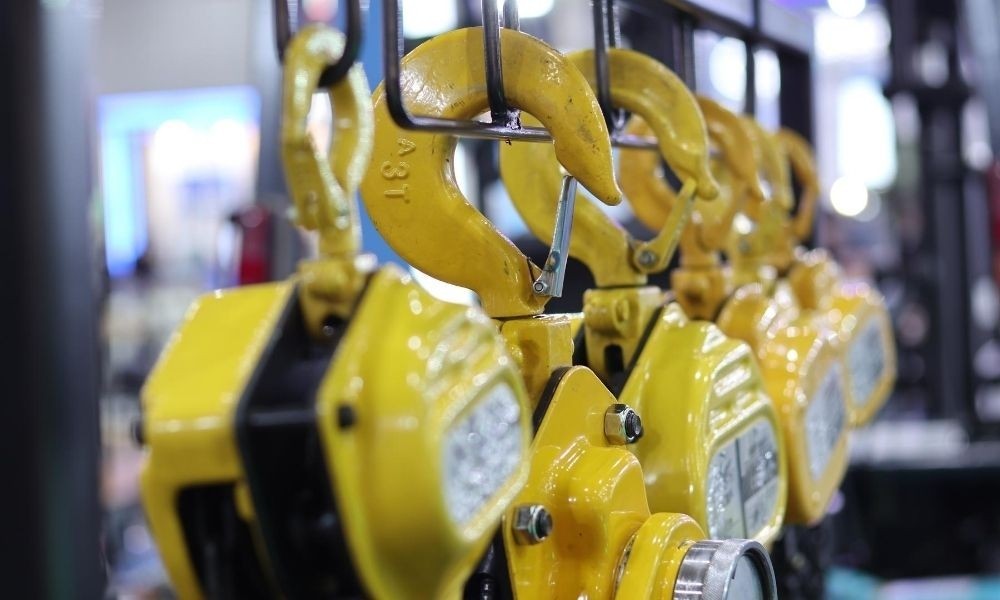How to Choose the Right Hoist

As one of the most utilized pieces of rigging gear on a job site, hoists are essential to the lifting and general transportation of workplace materials. In fact, with a hoist properly positioned on a job site, workers can lift loads as needed without exposing themselves to excessive physical stress. However, when it comes to the effectiveness of a hoist in a given workplace, it’s crucial that the model and type you pick correspond the overall workplace conditions. Otherwise, it may not perform as well as you need it to. This is how to choose the right hoist for your job duties and what to consider when making this decision.
Consider the Weight of the Load
Though it’s a given that hoists can lift more than the average person, the total weight that each of these tools can tolerate varies by brand and model. This means that certain hoists will only be able to handle standard jobs with minimal weight loads, while other models can be used for transporting several tons of material. As such, it’s important that you familiarize yourself with what you’re moving and how much it weighs before you make this decision. The kind of hoist you choose should be the one that best accommodates the weight requirements of the load you’re looking to move.
Assess Your Worksite Attachment Point
When choosing the right hoist, you also need to think about where this machine will be set up on the job site. It’s common for worksites to have infrastructural beams or clamps for the sole purpose of mounting a hoist. When fixed to these points, the hoist should have a strong, sturdy connection that prevents the load from swinging loose while being moved. So, for the safest possible rigging experience, you’ll need a model that connects the most effectively to the available anchor points.
Know the Benefits of Each Type
There are a variety of different hoists to choose from and knowing how each work can also help you make the most informed decision. Electric hoists and chain hoists are two particularly useful categories to keep in mind. Chain hoists, powered by hand, work by redirecting the downward force of the load’s weight, propelling it upward with the assistance of pulleys. Electric hoists, though similar in set up, run on electricity and don’t require physical labor to begin the lifting process. For this reason, electric hoists are more often preferred for projects with limited manpower. However, if you aren’t short on workers, you may still want to opt for a chain hoist to cut down project costs.
